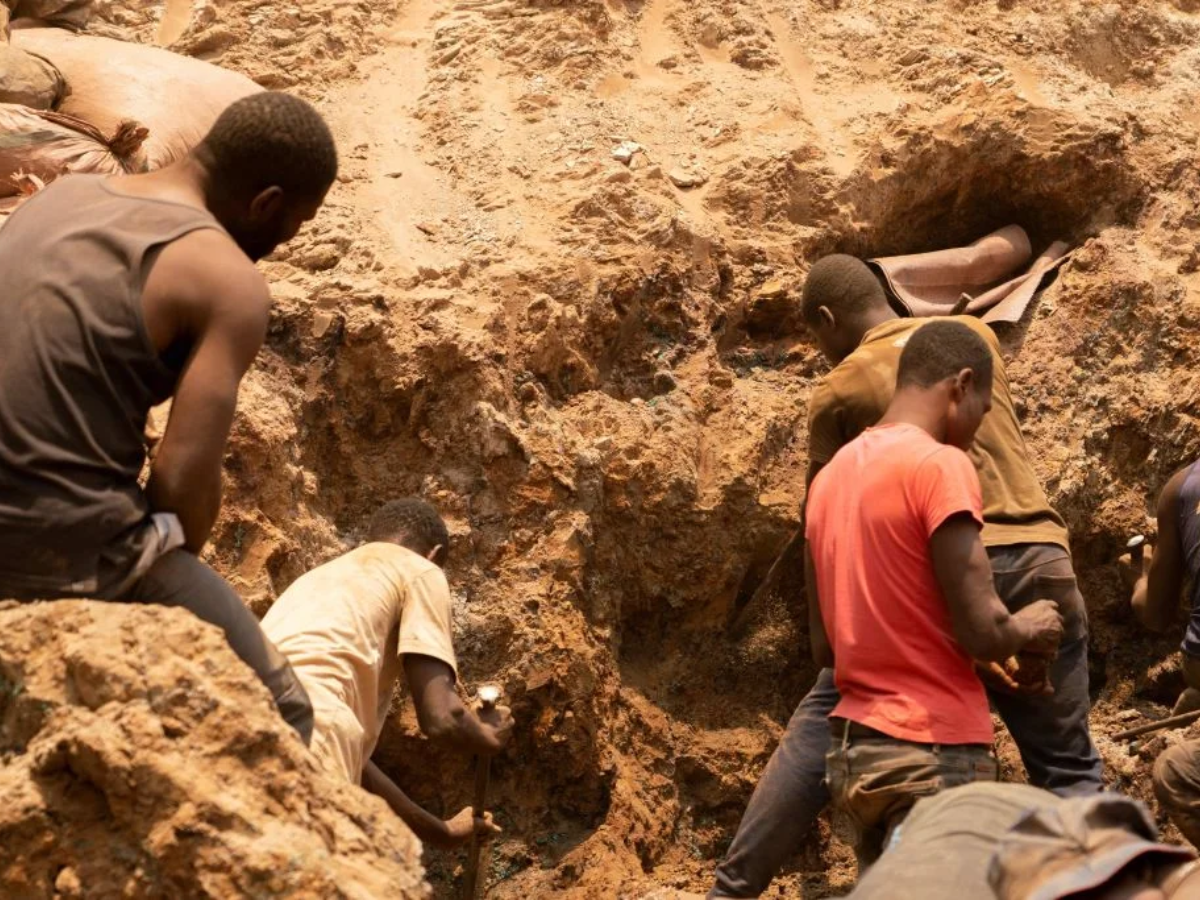

While bauxite plays a crucial role in the global economic and trade landscape, the mining of the substance should not ideally pose a threat to humanity. Guinean bauxite mining, especially when coming to German firms, has long seen a different reality.
 Image Source: https://www.energymonitor.ai/
Image Source: https://www.energymonitor.ai/
For quite some time, Germany’s lion’s share of its bauxite import has been from the African state of Guinea. In 2016, the German commercial bank ING DiBa provided the largest single credit of a consortium (including the World Bank Group) loan of over €248 million for the expansion of a bauxite mine through the Federal Ministry for Economic Affairs and Climate Action, also known as BMWK, through ‘guarantees for untied financial loans’, reserving 15 per cent of the mine’s annual output. According to the BMWK, guarantees for untied financial loans (UFK guarantees) are an integral part of the German government’s raw materials strategy.
“To be able to build environmentally harmful cars in Germany, the federal government is issuing a loan guarantee, even though this security is being used to displace people in Guinea,” says Michael Reckordt, raw materials expert at Powershift. Germany is also obliged to protect human rights abroad, adds Gertrud Falk from Fian. In the eyes of the NGO Fian and Powershift, an association that campaigns for a more socially just global economy, the federal government is contributing to violating human rights and destroying the environment.
The ‘Sustainable Bauxite Mining Guidelines’ (SBMG) by the International Aluminum Institute provide comprehensive strategies for promoting responsible and sustainable practices in the bauxite mining industry. These guidelines, developed to align with evolving sustainability expectations, aim to balance economic, environmental, and social considerations associated with bauxite mining.
Environmental stewardship
The SBMG emphasises the importance of environmental management in bauxite mining operations. Biodiversity conservation is a critical focus, with guidelines encouraging practices that protect flora, fauna, and ecosystems in mining areas. The document highlights strategies such as baseline biodiversity assessments, habitat restoration, and offset initiatives to mitigate the impact on natural habitats.
Responses








